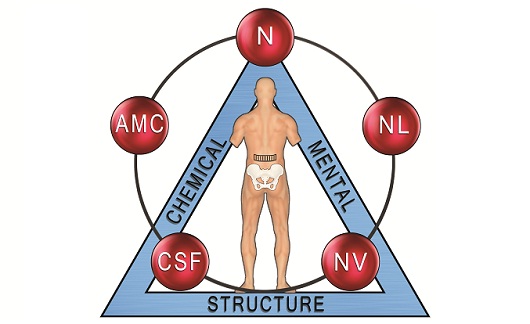Over the weekend, I attended a four-hour “Intro to Applied Kinesiology” seminar taught by Dr. Louis C. Boven. My friend and classmate Raheel has been learning from Dr. Boven for quite some time and got him to come to the area to hold this free seminar.
I didn’t know much about Applied Kinesiology, and I went to the class to learn more.

Applied Kinesiology is a diagnostic system — not treatment protocol — that incorporates muscle testing, postural analysis, patient history, temporal-sphenoidal line palpation, and neurology to efficiently discover the cause(s) of the patient’s ailments. Is the problem structural, mental or chemical? As physicians, we must accurately diagnose to be able to treat the problem appropriately.
For example, if someone has chemical imbalances, the most common being chronic inflammation, spinal manipulation from the best doctors in the world may provide temporary relief, but it won’t make a sustainable change because the problem isn’t structural, it’s chemical (usually due to diet and gut issues).
Another example is that a structural problem like a hiatal hernia can’t adequately be resolved using chemicals such as pharmaceuticals or botanicals because the structure needs to be addressed! Identifying the problem is the first step.
Whether or not I decide to enroll in the 100-hour Applied Kinesiology course to become certified in this modality, I gained knowledge that can be translated into other aspects of naturopathic medicine. I also have a better understanding of what Applied Kinesiology is and how it may help my patients in the future.
The more types of diagnosis and treatments I learn, the better off my patients will be because I recognize that I will not have all the answers for every single patient. Being able to offer alternative solutions including referrals when my resources are exhausted will lead to patient trust, satisfaction, and most importantly, health!




0 Comments